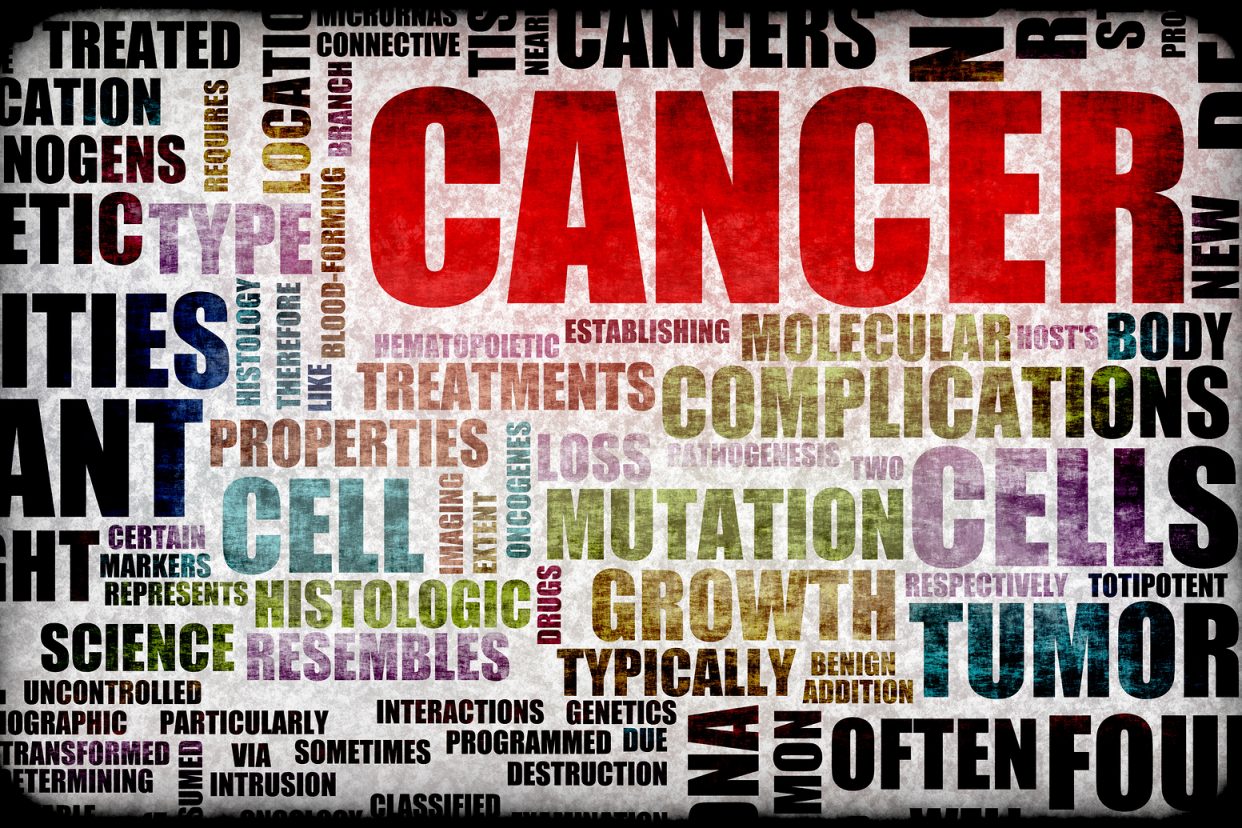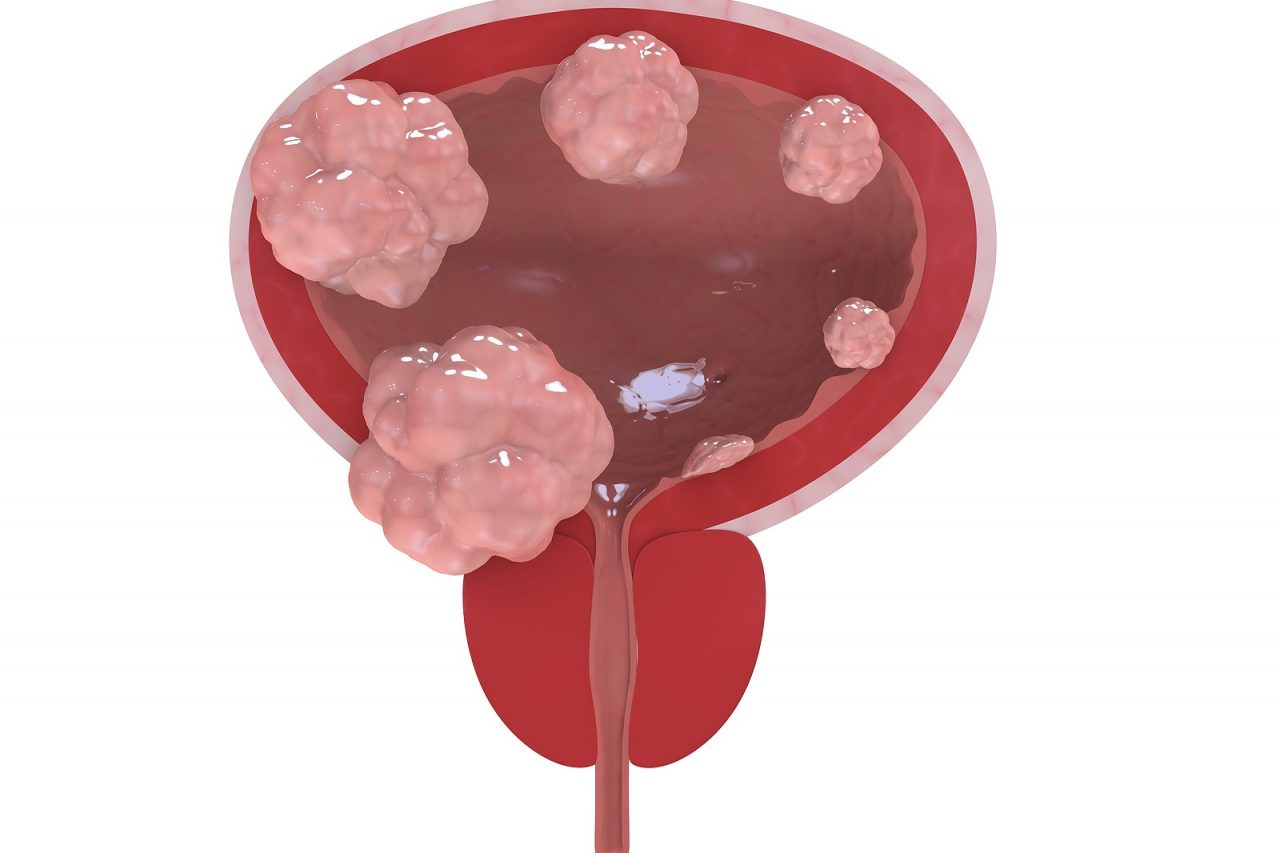In recent years there has been a drop in the rates of several cancers … lung cancer is slightly less, breast cancer has decreased because of less estrogen use and stomach cancer has almost vanished. However, malignant melanoma has been rapidly increasing. The lifetime risk for a Caucasian man of getting melanoma is 1 in 39, and a Caucasian woman 1 in 58. In 2011, 69,000 people in the United States will have this cancer and 8,000 will die. The increase in melanoma is partially due to better detection of early disease, but caused mainly due to extensive or repeated exposure to sun. The average patient with melanoma that has spread (metastasized) will die in less then 10 months. Thus, while prevention, detection and early surgery are critical, the large numbers of patients with advanced melanoma clearly require better treatment.
The umbrella cancer research organization in this country (and arguably the entire world) is the American Society for Clinical Oncology. ASCO met this week in Chicago and some 35,000 persons attended. More then 4,500 research studies in the science and treatment of cancer were presented. The focus of excitement at the meeting was on two groundbreaking new treatments for metastatic melanoma. The attention paid to these studies by those attending the meeting and by the national media was not only because of the success in treating this disease, but in how they did it.
Cancer grows because there is damage to genes in the cell (see Cancer 101 on Genetics). In about 60% of melanomas there is a damaged gene call BRAF. Turned on in most melanomas, this oncogene stimulates growth. A drug was produced called Vemurafenib which was designed to attack the BRAF mutation. In effect, this drug attacks the very cause of the cancer, the gene that makes it divide. Vemurafenib induces a reduction in the size of tumor masses in 48% of patients and to decrease the risk of dying at 6 months by 63%. This is a remarkable development not only because of the patients that can be helped, but because this drug was based on research of the genetic cause of the cancer and attacked it directly. Used in other cancers (i.e. imatinib in CML), it is the first this method of attack has been used in melanoma.
The second study helped melanoma patients in an entirely different way. There are no chemotherapy agents which make a major difference in this cancer. Therefore, a chemotherapy agent that has only a small amount of benefit in melanoma (dacarbazine) was combined with a second drug to activate the immune system (ipilimumab). This combined method, a poison to weaken the disease and a turned on immune system to destroy the cells, has not been successful before in this cancer. The immune activating drug ipilimumab turns on a key part of immune system which uses T cells of the immune system to attack the cancer cells. This combination increased survival from 9.1 months to 11.2 months. While this is only a modest improvement in survival, it is a remarkable anticancer technique, used for the first time with any success in melanoma. This same technique has been used in lymphomas (rituximab) with great success, saving many lives.
These approaches signal a new way to attack metastatic melanoma, which has to date been almost completely resistant to treatment. They exploit weakness in the disease that will be expanded and treatment techniques which can be perfected. These are likely the beginning in a series of successful research studies and treatments, which will increase survival and cures in this illness. The announcement of two successful melanoma treatments at the same meeting is very exciting. This may very well mean that science and research are coming to the point where we will see a flood of new therapies for this and all cancer.






Comment